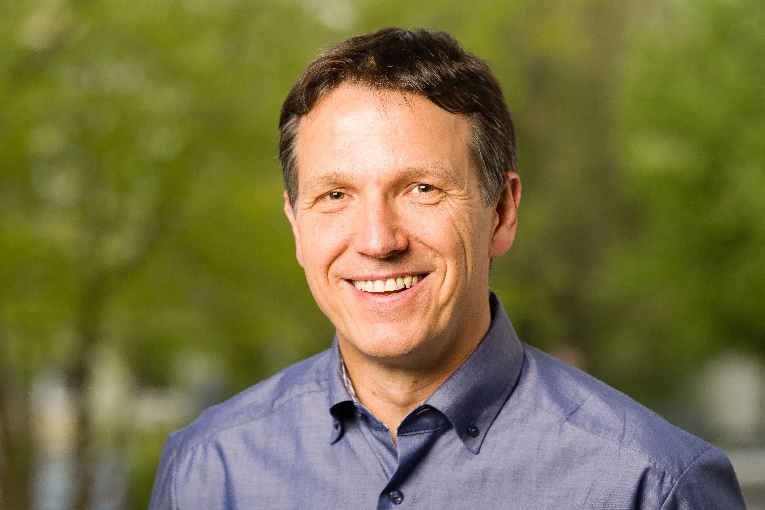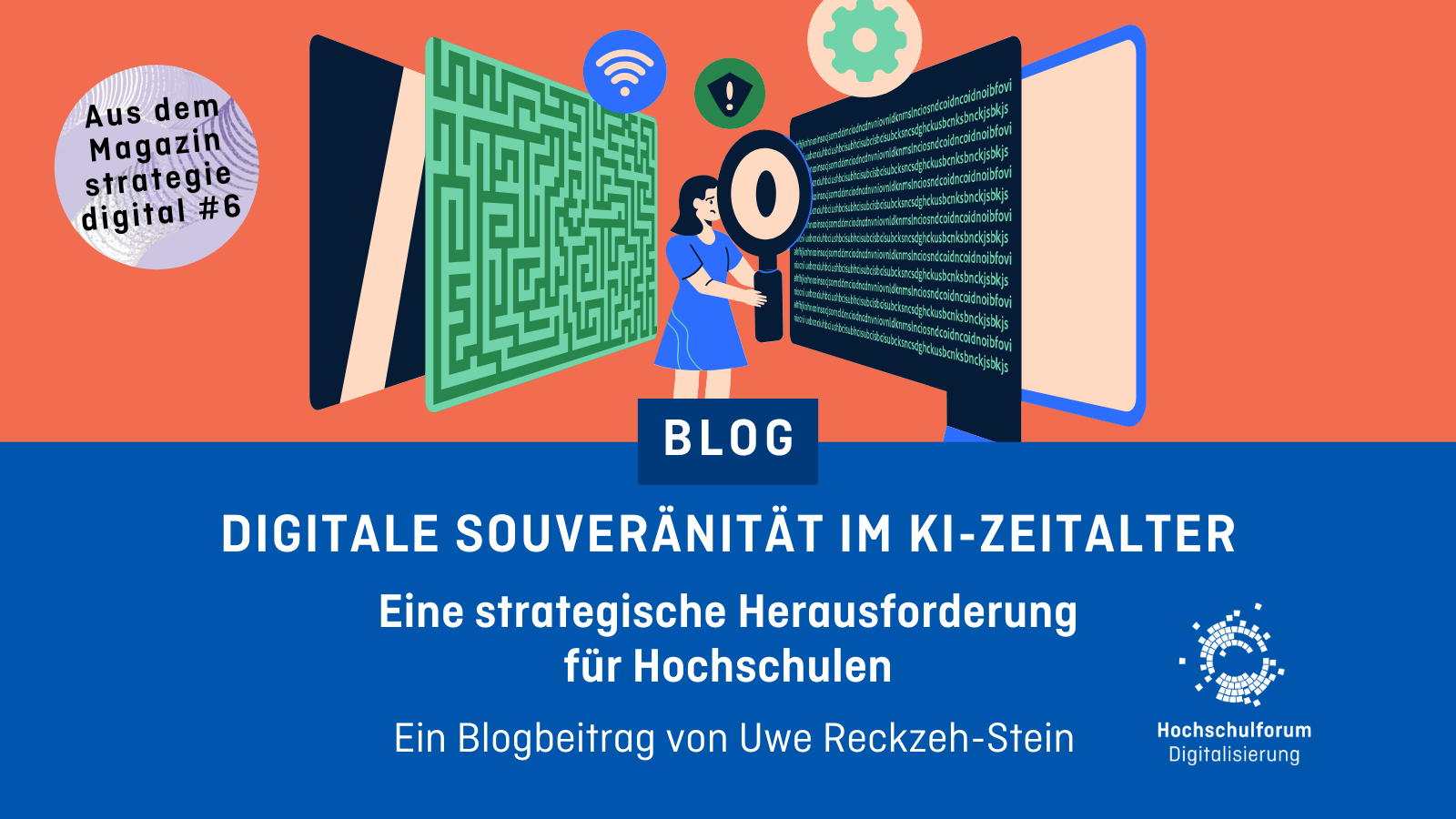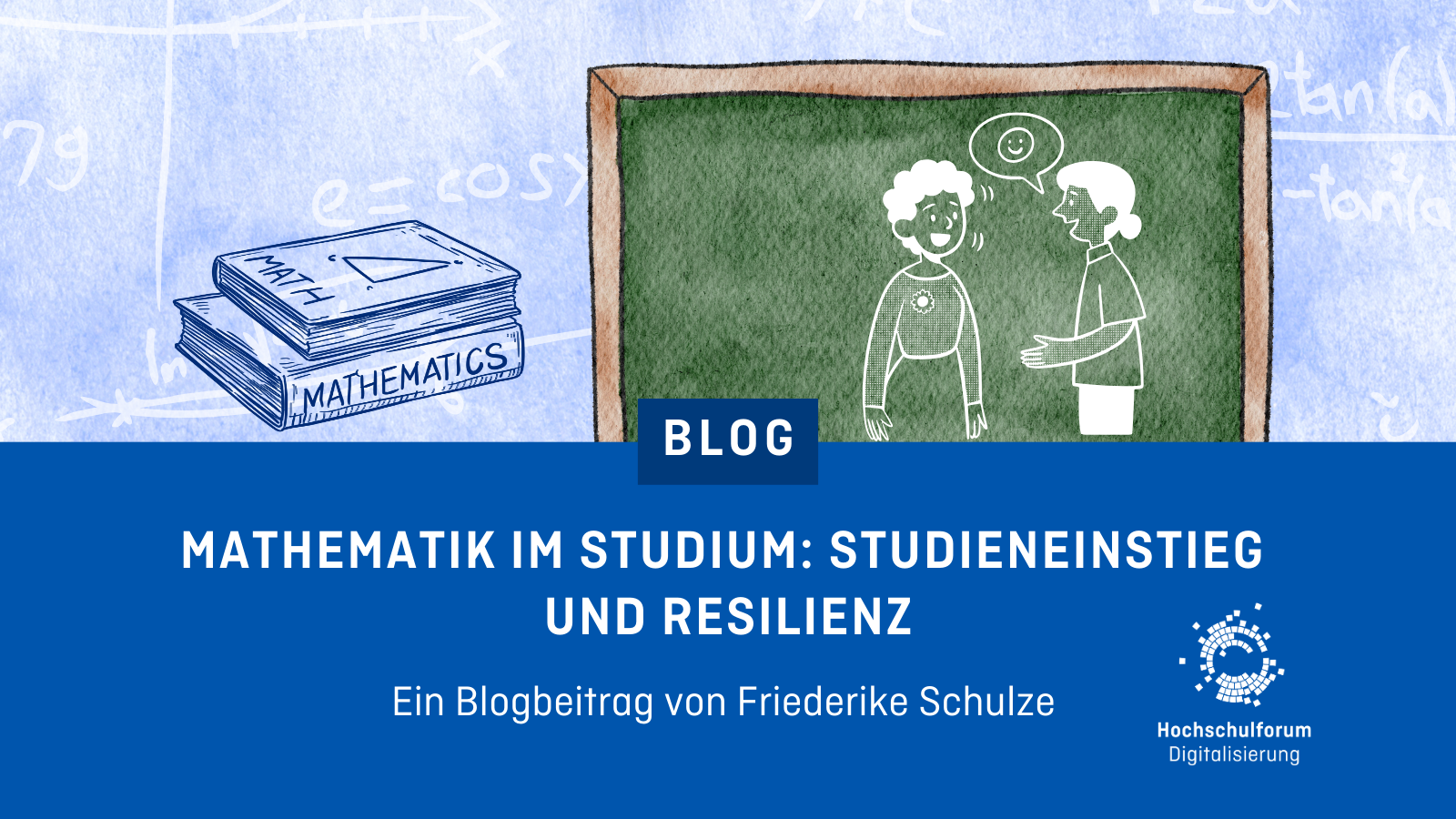Promoting innovative teaching: A practical report
Promoting innovative teaching: A practical report
24.06.19
How can innovative teaching succeed? Prof. Dr. Ralph Sonntag has initiated a fund for innovative teaching projects at the HTW Dresden. He reports on his experiences in our blog.
This article was automatically translated using DeepL Translator. Please excuse any errors.
![Digital teaching needs support. Picture: [https://unsplash.com/photos/NDVRXLSj5Ls Hans M] Hands support a building](/sites/default/files/images/blog/hans-m-527833-unsplash.jpg)
Hands support a buildingTeaching at universities is constantly changing. It is not just a matter of imparting new specialist knowledge and integrating more and more methodological knowledge into the courses of study. Nor is it a question of taking into account the diversity of students by increasing the flexibility of the courses on offer. We are all aware of the dynamics, complexity and changes in society. Digitisation has and will have a significant impact on education. Digital competences, e.g. skills of the 21st Century of the OECD, are reminiscent of the basic competences of reflective, scientific and creative action in every discipline. One could therefore say prematurely: old wine in new wineskins. But this does not do justice to the issue of digitisation.
What is new in digital competences is the consideration of action contexts. Our graduates need skills to respond to changes in society, the economy and the world in which they live and to shape them proactively and sustainably. These are the skills that we need as a society and whose development we must provide for in the courses we offer.
Innovative teaching: Digitisation as a driver
The initial idea was to support innovative teaching projects during the peer-to-peer strategy consulting of the Hochschulforum for Strategies for Higher Education in the Digital Age at the HTW Dresden. If the changes in higher education increase in the digital age, this can often not be implemented by the university, the faculties and the individual lecturers themselves. Nobody will deny the necessity of change. Personally, however, I have not (yet) noticed an increase in the basic funding of universities due to the new tasks and changes for universities at state universities. The HAWtech network demands that the expenses resulting from the changes be taken into account as a stable pillar of university financing.
Active design of teaching means promotion
For me, the simplest and most effective recipe is: All of us at universities can proactively help shape this change. For me it is important that my colleagues see that changes and developments in teaching are desired and can be implemented. My goal is to consciously stimulate and promote developments in teaching in a low-threshold and easy way. For me, a broad impact for all colleagues in all disciplines is more important than individual funding for special projects.
In my view, the promotion of teaching is not a promotion of excellence but primarily a broad promotion from which all students benefit. By the way, this is and would be a good funding philosophy for teaching in general.
Fund for Innovative Teaching Projects
![Even small amounts of money help with innovative teaching projects. Picture: [https://unsplash.com/photos/K0E6E0a0R3A Kat Yukawa] handful of money](/sites/default/files/images/blog/kat-yukawa-754726-unsplash.jpg)
In 2018, the HTW Dresden set up a fund for innovative teaching projects in order to pursue the goal of broad support. The funding per project amounts to 2,000 €. It was important to me that there should not be an a priori cap on the total, university-wide funding. Innovations in teaching should be created and, if possible, not limited. When initiating the fund, I was asked what would happen if too many or all teachers applied with good applications. My answer was that this would be optimal and that we would then have achieved that everyone would proactively take care of the further development of teaching or trying out new forms of teaching.
Specifically, the aim of the funding was to test or develop teaching forms that support the change of perspective from teaching to learning and have a clear focus on learning objectives, e.g:
- action-oriented formats, such as research-based, problem-based or project-based learning
- Offers that support self-directed learning
- digital formats, e.g. blended learning arrangements or tools for future digital working environments
- New conception of learning goals, teaching/learning methods, examination forms and contents in the sense of Constructive Alignment
The funds could be used flexibly, from travel expenses to the counter-financing of a reduction in the teaching load.
20 Funded teaching projects in the fund
Almost all project applications were approved last year. The teachers come from different faculties. I am particularly pleased that a number of interdisciplinary teaching teams have come together. The following innovative teaching projects are examples of the diversity of the teaching projects applied for. The funding serves here as the first small start-up financing.
Digital Normades
In an interdisciplinary project seminar “Chair 2.0” students of the Faculties of Mechanical Engineering, Electrical Engineering and Computer Science/Mathematics develop a further development of a learning chair for the special requirements of the students – the “Digital Nomads”. It will be investigated how chairs have to be technically designed to meet the requirements of flexible learning and independent energy supply. For example, an indoor location helps to illustrate concepts of communication and cooperation as well as to promote exchange and cooperation between students.
Problem-based teaching
The idea behind this approach is to provide the teacher with the necessary financial resources to facilitate the transition of the course to a problem-based approach. From the very beginning, the students were involved in the concrete design of the course “Start-up-oriented Business Administration”. At the kick-off event of the module, the students were introduced to a case study, i.e. a fictitious start-up project, which was then prepared together with the lecturer, penetrated and researched to find a solution was carried out. For the solution of the common task a milestone plan is worked out, which is considered by the students as a project plan for the solution. With this form of teaching, it was possible for the students to engage and learn with a high level of self-motivation.
Escape Room
Escape rooms are a trend in the leisure sector. Teams follow clues, solve puzzles and find a common strategy. The funding supports considerations on concept development, to transfer these elements to teaching, i.e. to adapt the use of an escape room as a didactic instrument for knowledge transfer and as an examination scenario.
The focus is always on the student who develops a solution strategy alone or in a group. In principle, the solution of the task does not take place in a limited period of time, whereby partial tasks to be solved can also be designed time-critically in order to achieve a certain gamification effect. If students are unable to solve certain tasks, there is the possibility of reading the relevant passages or researching them on the Internet. The aim is to acquire independent, action-oriented skills to solve concrete problems. The advantages are obvious:
- clear focus on learning objectives
- Objectivity of evaluation through automation of the testing process
- Improvement of the ability to work in a team and independence
- Increased motivation for the subject and thus good exam preparation
- Fun factor and incentive to take part in exams through gamification
In the meantime, we have carried out a first evaluation of the funding programme. The result supports the approach of low-threshold and broader funding.
Outlook
In the future, we want to carry out the networking and exchange between the teaching projects even more concurrently. It is also planned that the intermediate results will be visible as a shoulder look for other teachers. My goal is to continue to offer and promote this kind of support for innovative teaching at the HTW Dresden and thus promote a culture of trying out new teaching methods. Change comes from willingness and courage.
So I can well imagine that this kind of support is suitable for all members of universities. Students and staff who are not primarily involved in teaching can also develop ideas to further develop teaching for digitised education. I see the role of students in particular in their active involvement in the further development of teaching. This holistic understanding should, if possible, be used as a basis for the future promotion of teaching.
So I am already looking forward to the question of what happens if everyone applies for a project to implement an idea.


 Andreas Giesbert
Andreas Giesbert 
 Uwe Reckzeh-Stein
Uwe Reckzeh-Stein 
